Under the enamel of the tooth, enamel and dentin, there is a pulp tissue with a soft connective tissue that forms the living part of the tooth, it is known among the people as the “tooth’s nerve”. Channels of the tooth; They are very small and thin tunnels that start from the pulp chamber in the upper part of the tooth and continue to the root tip. Canal treatment is the name given to the process of removing infected (contaminated, inflamed) nerves within these channels and filling the channels with tissue-friendly channel fillers by disinfection.
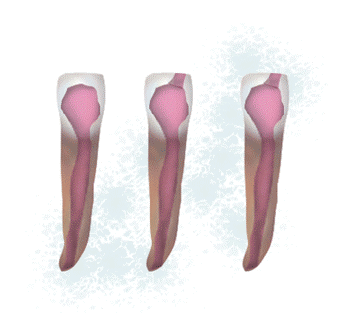
While channel canal treatments used to be possible, killing nerves (mortal channel treatment) by putting devitalizers first, and completing the treatment in the following sessions; Today, it can be performed with a simple anesthesia even if it is necessary in a single session (Vital canal treatment).
Teeth may die (necrosis of the tooth) and inflammation due to bacteria reaching the dental pulp due to a large bruise, trauma or similar fracture. In such a situation, external factors such as chewing, pressure and hot – cold can cause extreme sensitivity and pain. In addition, it can be (spontaneous) pain and can cause pain at night, and does not respond to painkillers in any way, regardless of any factors.
In this case, the only solution; The pain that causes pain is the removal of the nerves and cleaning of the root canals.
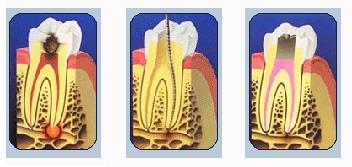
Although gravity is a cheaper treatment method (!), The loss of a solid tooth creates a difficult gap to fill. It is more costly to make a bridge prosthesis or implant in this gap.
If your tooth is filled with root canals, if there is not much material loss, normal filling, if there is a loss of excess material, inlay will be needed to support your remaining dental walls and prevent them from breaking.
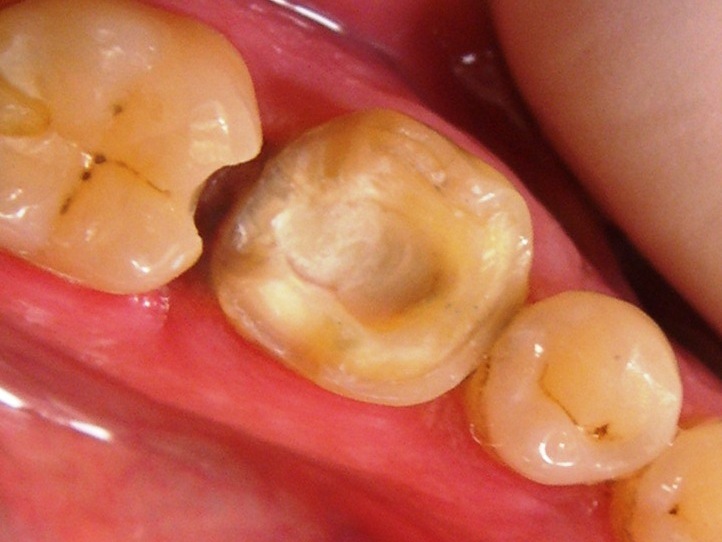
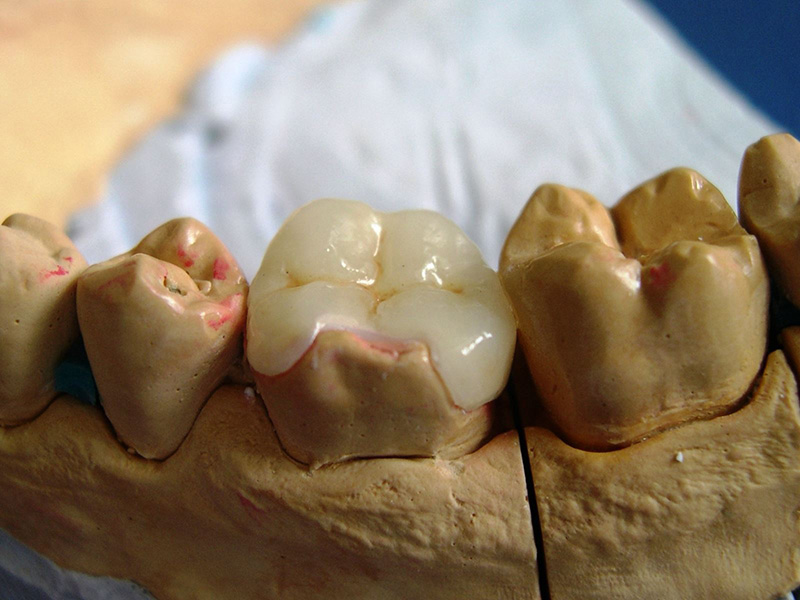
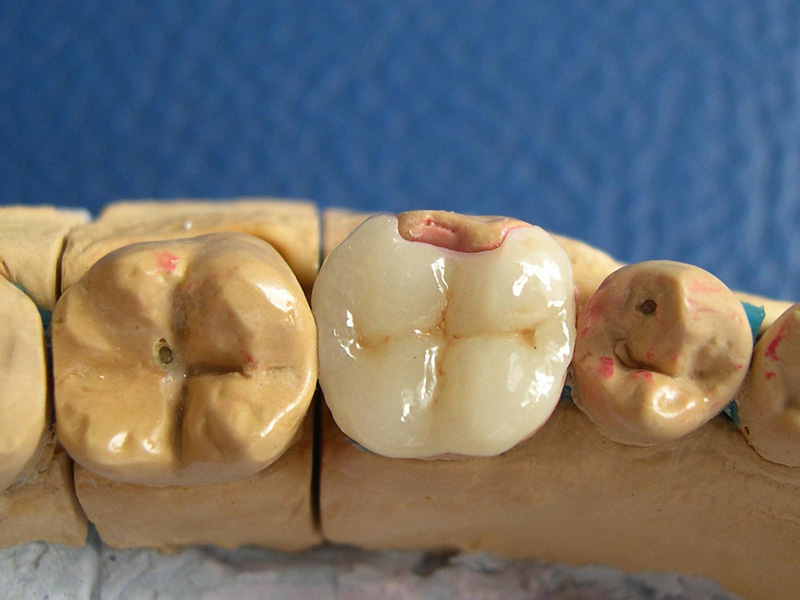
If you have no dental wall left, it is necessary to make a post with support from your root canal and cover it with a crown so that you can continue using your teeth in the same way.

